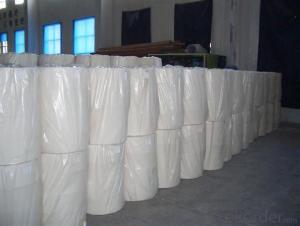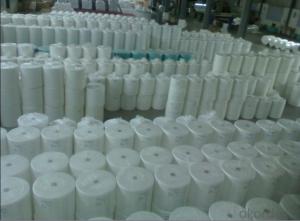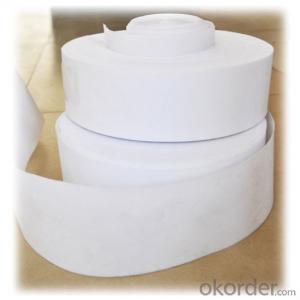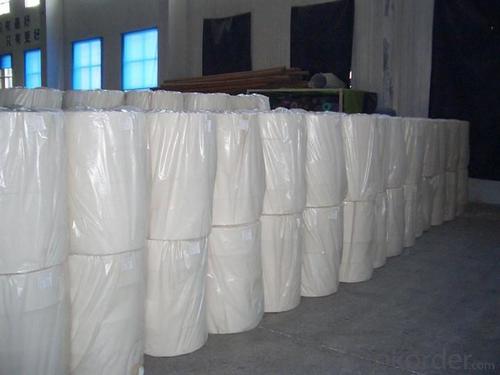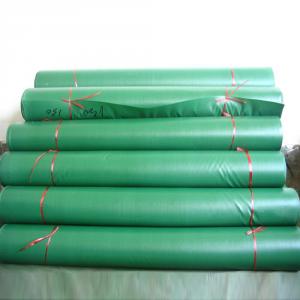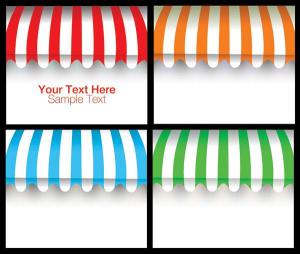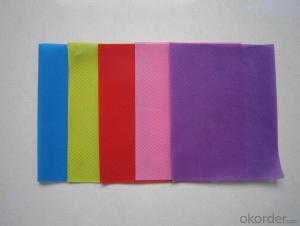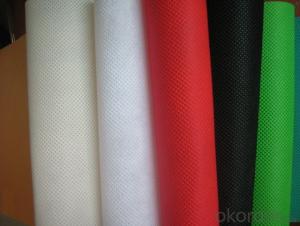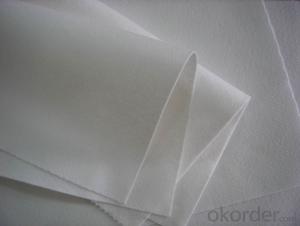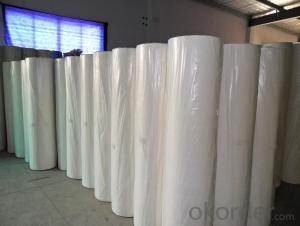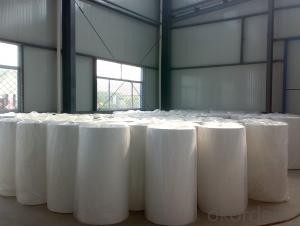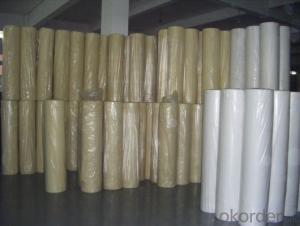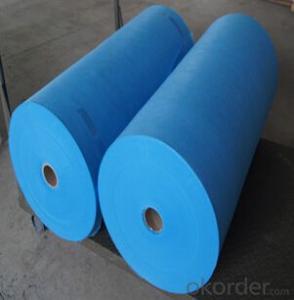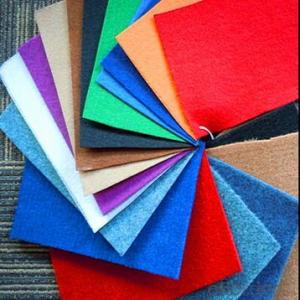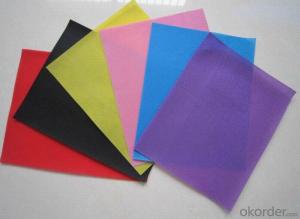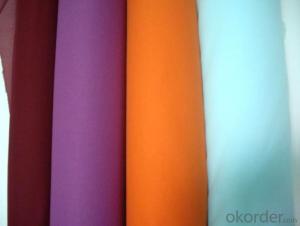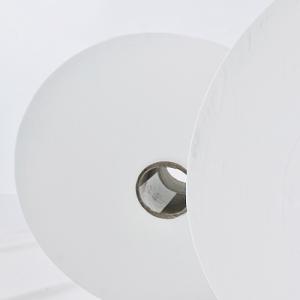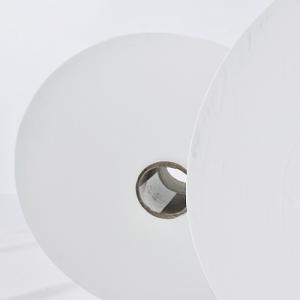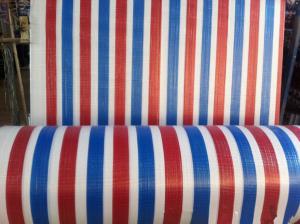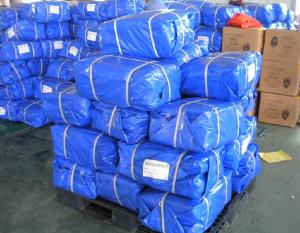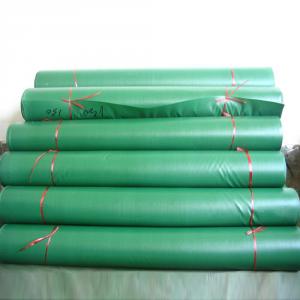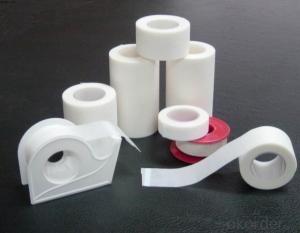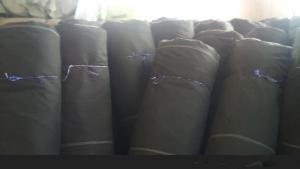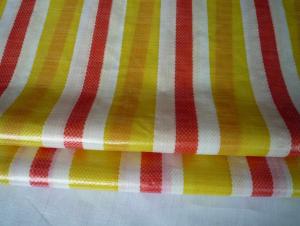polyester non woven fabrics rolls cheap fabric rolls for wet wipes
- Loading Port:
- Shanghai
- Payment Terms:
- TT OR LC
- Min Order Qty:
- 1000 roll
- Supply Capability:
- 10000 roll/month
OKorder Service Pledge
OKorder Financial Service
You Might Also Like
Specifications
Non woven fabric(chemical bond nonwoven,chemical fabric)
Non woven fabric
Fiber composition: 100% PET,or PET mix Viscose
Width: Below 88 inch(220cm)
Weight:20G-150G square meter
Hand feeling: Soft, Hard,Crisp etc
Color: White,Super white,Black color etc
Item No:2016S,2016H,1020H,1025H,1035H,1050H,1065H
Chemical Bonded Non-woven fabric made of 100% PET,PET mix Viscose material etc,weight from 20-150g/m,width below 220cm,do soft,hard,crisp hand feeling,have white,super white,Black color.The product are widely used for Chef hat material,Handicraft product,clothes interlining,Embroidery etc.
Non woven fabric(chemical bond nonwoven,chemical fabric)
Health - Hygiene & Medical
Surgical Gowns
Gloves
Face Masks
Foot covers
Diapers
Caps
Bedsheets
Curtains
Pillow Covers
Slippers
Packaging
Sleeping Bags
Tarpaulins
Tents
Artificial Leather
Bags for Rice/Sugar etc.
Luggage
Vacuum Cleaner Bags
Tea and Coffee Bags
Buff Pads
Shopping Bags
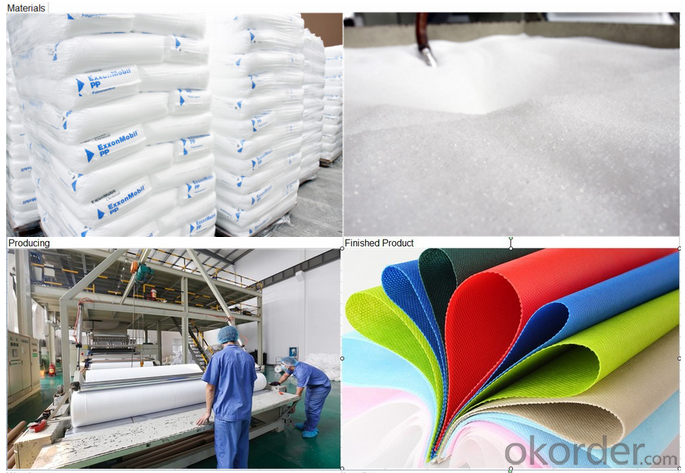
Agriculture
Crop Covers
Turf Protections
Nursery Over wintering
Weed Control Fabrics
Root Bags
Containers
Capillary Matting
Other types of covers
Furniture Upholstery
Roofing and Tile Underlayment
Acoustical Ceilings
Insulation
House wrap
Pipe wrap
Sofa and Mattress Lining
Shoes & Garments
Coveralls
Pillow cases
Airline Headrests
Interlinings
Clothing and Glove insulation
Bra and Shoulder Padding
ADVANTAGES:
1. Lower labour costs as no weeding maintenance for years;
2. Water seeps through and can conserve soil moisture for improved growing conditions;
3. Air escapes – humidity rises through the mat for a more controlled growing environment;
4. Increase crop yields close to 25% due to improved growing conditions and absence of water stress and competition of nutrients absorption from weeds;
5. Minimises bacteria and fungus problems especially Algae;
6. Strong, woven construction or pressed fibre sheet resists tears and punctures;
7. Resistant to mildew, rot, water, sunlight and most of the agricultural chemicals
8. Fertilizer is applied on the mat, thus helping the owner or estate manager to monitor the progress of manuring;
9. Prevents soil erosion or leaching of soil nutrients or fertilizers applied;
10. Environmental friendly.
FAQ:
Q .What is the material of the non woven fabric ?
A .PP spunbond non woven fabric
Grade A: 100% Polypropylene
Grade B: 90% Polypropylene +10% filling
Q .What about the width of the non woven fabric ?
A .We can cut the fabric as your requirement. Our width of machine is 240cm, so the max of the width is 240cm
Q .What about the color ?
A .Any color is available. You just need to give me the Panton Num or send me your sample. Then we will make the color samples to you for approve
Q .What about the GSM ?
A .The thinnest of the fabric that we can produce is 9g, and the thickest is 250g. Normally the fabric that used in bag making is 50-100g, the agricultural used is 17-50g, the home used fabric is 40g and so on...
Q .What about the delivery time ?
A .We can finish the production in 2-3 days (40ft HQ)
Q .What about the price ?
A .We are the factory of the PP nonwoven fabric, We can supply you with good quality and favorable price
- Q: What is the meaning of TOP in the textile industry?
- Double-sided cloth can be added in the stereotypes when the anti-water treatment, padding-related anti-watering auxiliaries and then re-type
- Q: Are hats a class of textile and apparel products?
- Jewelry and hats to see your sales channels and the market to judge. As far as I know, Chinese jewelry is rarely exported, the quality and color are different, but the Chinese market is the largest
- Q: What are the types of textiles that are different?
- According to the use can be divided into clothing with textiles, decorative textiles, industrial supplies three categories;
- Q: What is a textile fabric?
- Seeds: After the yarn is good color, according to a certain pattern design of these yarns with the color of the fabric is woven yarn.
- Q: Textile industry belongs to the first few industries
- The first industry is directly from the natural industry to obtain the product industry, including agriculture, mining, salt and so on.
- Q: China textile products do not how points? What kind of?
- Jiangsu, Zhejiang and Shanghai textile industry's outstanding characteristics of Jiangsu and Zhejiang textile industry momentum of development, the pace of upgrading and upgrading, so that we are deeply shocked, popular inspired. To sum up, Jiangsu, Zhejiang and Shanghai textile industry has the following characteristics
- Q: China is now optimistic about which one of the textile industry
- Filtration with textile processing technology and development and application of acupuncture, spunlace, spunbond and other non-woven and woven high efficiency filter with textile materials and products of complete sets of processing technology and industrial applications
- Q: From the yarn to the finished textile fabric production process is how
- Fabric mercerizing: refers to the cotton fabric in the case of tension, after the treatment of concentrated caustic soda, so that fabric gloss better, more crisp, better shape. Commonly known as double mercerizing fabric complete process: cotton spinning → combing → yarn singeing → yarn mercerizing → yarn twisted → fixed color, soft, twisted after the formation of mercerized cotton yarn → yarn forming the fabric → fabric dyeing (if the early yarn is not dyed) → fabric mercerizing → fabric pre-shrink, stereotypes → the formation of double mercerized cotton fabric, cloth can be clothing
- Q: What is the earliest textile raw material?
- The ancient Roman Empire was first through the "Silk Road" on the spread of silk, said China as "silk country"
- Q: How to do the textile warehouse damp
- How to control the production and storage environment has become an urgent problem to be solved in the development of many factories. Therefore, we have to use the moisture-proof facilities in the very humid environment of the industrial workshop, so that the industrial workshop can reach a good humidity range and avoid the dampness , To ensure that the production workshop, storage inventory environment, improve the quality of the product.
Send your message to us
polyester non woven fabrics rolls cheap fabric rolls for wet wipes
- Loading Port:
- Shanghai
- Payment Terms:
- TT OR LC
- Min Order Qty:
- 1000 roll
- Supply Capability:
- 10000 roll/month
OKorder Service Pledge
OKorder Financial Service
Similar products
Hot products
Hot Searches
Related keywords
